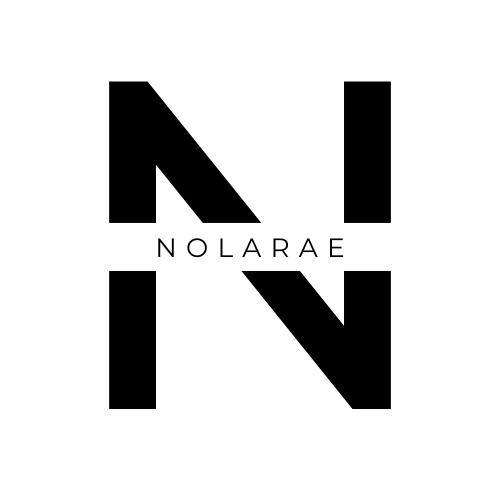How Films Hook You Right Away
- Amani Henry

- May 11
- 4 min read
The first few minutes of a film are crucial for grabbing a viewer’s attention. A great opening scene sets the tone, introduces the characters, and piques curiosity—all in the blink of an eye. With clever use of visuals, sound, and foreshadowing, filmmakers hook us within seconds. Here’s how they do it and why it works.

🎶Setting the Tone & Atmosphere
The opening scene is often the first clue about the mood of the film. Whether it's a heart-pounding thriller or a lighthearted comedy, the tone needs to be immediately clear. This helps set the audience’s expectations for the rest of the story.
Soundtrack - A sweeping orchestral score or intense drum beats can instantly convey the emotional tone of the film.
Visuals - Dark, shadowy scenes may indicate a thriller, while bright and colourful shots often suggest a more uplifting film.
🎬 Example:
🎭 La La Land (2016) – Opens with “Another Day of Sun”, setting a bright, energetic tone for a dream-filled journey.
💅 Barbie (2023) – Starts with a 2001: A Space Odyssey parody, signalling a fun, self-aware and playful vibe.
☢️ Oppenheimer (2023) – Begins with abstract visuals and tense music, signalling a serious film about moral dilemmas and internal conflict.
🦈 Jaws (1975) – Opens with eerie underwater shots and that iconic score, building suspense for the horror to come.
🙎🏽♀️Introducing Characters (or Not)
Sometimes, the opening isn’t about introducing a character, but about setting up the world they’ll inhabit. But when characters are introduced early, it’s all about making them memorable instantly.
Character archetypes: A strong opening scene introduces the main character or antagonist quickly through their actions, dialogue, or visual cues.
Silent introductions: Sometimes, characters aren’t fully introduced by name but instead through their role or how they interact with the world.
🎬 Example: The Dark Knight (2008) – The Joker is introduced through chaos and ruthlessness in a heist sequence, before we even see his face. The Gray Man (2022) – Opens with a darkly humorous conversation before escalating into a high-stakes mission that reveals the protagonist’s sharp instincts.
🎧The Power of Visuals & Sound
One of the most powerful tools at a filmmaker's disposal is visual storytelling combined with sound. These elements draw us in, often before a single word is spoken.
Sound Design – Enhances a scene, whether through booming sound effects or silence. It’s key in building tension or excitement.
Cinematography – Sets the mood, location, and context. How a scene is shot can instantly tell us the film’s genre and tone.
🎬 Example:
Saving Private Ryan (1998) – The opening D-Day sequence uses shaky camera work, deafening explosions, and chaotic sound design to thrust us into the chaos of war.
A Quiet Place (2018) – Silence dominates the opening, heightening tension and setting the tone for a world where sound means survival.
🔮Foreshadowing the Plot
Great opening scenes often tease the audience about the larger story to come. They don’t give everything away but provide subtle hints and clues that build intrigue.
Subtle clues - Filmmakers drop small pieces of foreshadowing to make viewers want to continue watching.
Unanswered questions - These early hints create questions in the audience’s mind, keeping them hooked to find out the answers.
🎬 Example:
The Sixth Sense (1999) – The opening has a chilling interaction that subtly hints at the main twist without giving too much away.
Tenet (2020) – The opening action sequence raises questions about time manipulation, creating intrigue for the complex plot ahead.
🔥Creating Immediate Conflict
Conflict is the engine of every good story, and the opening scene is where it often begins. Whether internal or external, conflict in the first moments can quickly hook an audience by presenting a problem that needs solving.
Immediate stakes - Introducing high-stakes scenarios early on creates tension and grabs attention.
Visual and emotional conflict - Conflict doesn’t always have to be physical—it can also be psychological or emotional, forcing the audience to empathise with the characters.
🎬 Example:
Mad Max: Fury Road (2015) – The opening introduces the immediate struggle for survival. Max's capture is both physical and psychological.
Marriage Story (2019) – An emotionally charged conversation that instantly highlights the internal struggles between the characters, drawing us into their complex relationship dynamics.
🧩Breaking Expectations
Some films use their opening scenes to subvert expectations and keep the audience guessing. This strategy adds a layer of intrigue and excitement, as viewers try to figure out what kind of film they’re in for.
Genre subversion - Filmmakers might trick you into thinking you’re watching one genre, only to reveal something unexpected.
Unpredictable pacing - A slow build-up or an immediate shock can defy typical cinematic conventions, keeping the audience on their toes.
🎬 Example:
Scream (1996) – The opening starts like a typical slasher film but quickly turns into a meta commentary, surprising the audience.
Parasite (2019) – The opening feels like a quirky family drama, but quickly evolves into a darkly comedic social thriller.
🎥The Hook That Keeps You Watching
Next time you settle in for a film, pay close attention to the opening scene. It’s more than just a start; it's the filmmaker’s way of pulling you in, setting the tone, and sparking your curiosity. After all, a great opening can make all the difference.


